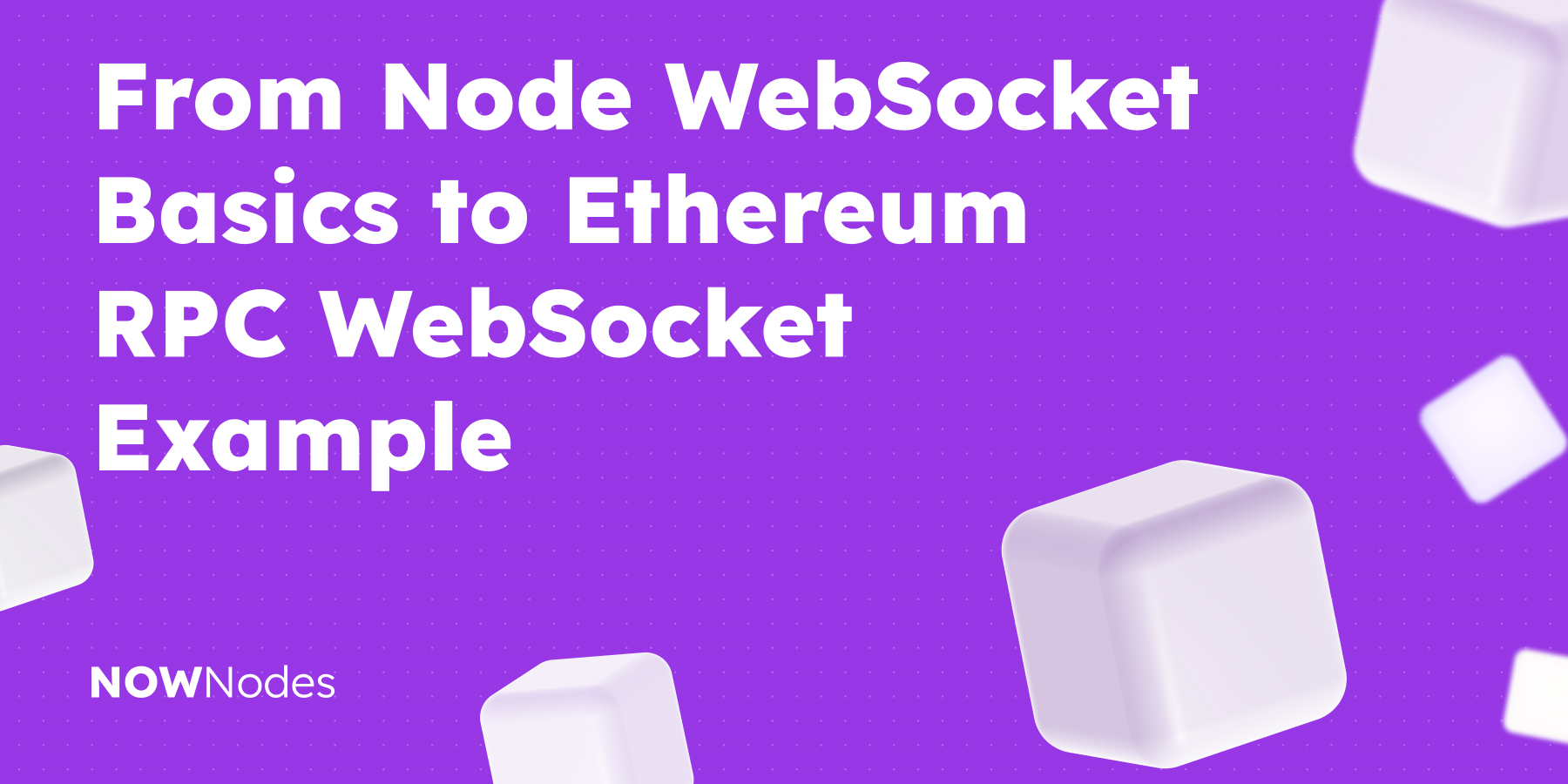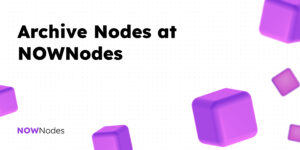If you’ve ever built an app that needs live updates, you know how frustrating it can be to constantly refresh data. And in the blockchain world, speed can mean the difference between catching an opportunity or missing it. That’s exactly why developers are turning to Node WebSocket connections and, more specifically, Ethereum RPC WebSocket when working with Ethereum. Instead of endlessly asking the blockchain “anything new yet?”, your app can simply listen and react the moment something happens.
Let’s break it down: first, what WebSockets are, then why they’re so useful in blockchain, and finally, how you can use them with Ethereum in just a few lines of code.
What is a WebSocket?
Think of a WebSocket as an open phone line between your app and a server. Instead of calling every few seconds to ask, “Hey, is there an update?” — you just stay connected, and the server calls you when something happens.
This is very different from HTTP, where the client has to constantly send requests. WebSockets are:
- Faster — instant communication with no delay.
- Efficient — no wasted bandwidth on repeated requests.
- Two-way — both the client and server can send messages anytime.
That’s why WebSockets power real-time apps like messengers, online games, and trading dashboards.
WebSockets in Blockchain
Now, let’s take this idea to blockchains. Ethereum, for example, produces new blocks every ~12 seconds, and thousands of transactions flow through the network every minute. If you use standard HTTP RPC, your app has to keep asking the node:
- “Is there a new block yet?”
- “Did this transaction confirm?”
- “Was this token transferred?”
This works, but it’s not efficient. Enter Ethereum RPC WebSocket.
With a WebSocket connection, you can subscribe to events and let the blockchain notify you instantly when something changes.
Benefits of Ethereum RPC WebSocket:
1. Get new blocks the second they’re mined.
2. Listen for pending transactions in the mempool.
3. Track smart contract events (like ERC-20 transfers or NFT mints).
4. Save resources compared to HTTP polling.
Example: Connecting to Ethereum RPC WebSocket with NOWNodes
Running your own Ethereum node is complex, heavy, and expensive. That’s why many developers use services like NOWNodes, which provide ready-to-go Ethereum RPC WebSocket endpoints.
Here’s how easy it is to connect using Node.js and the library:
wss://eth-blockbook.nownodes.io/wss/{{api_key}}
Body
{
"id": "7",
"method": "getBalanceHistory",
"params": {
"descriptor": "0x00008eb96bbe046aee645d8933adf151c4b7b614",
"from": null,
"to": null,
"currencies": [
""
],
"groupBy": null
}
}Response: 200
{
"id": "7",
"data": []
}What this script does:
- Opens a Node WebSocket connection to Ethereum.
- Subscribes to the
newHeadsmethod (which streams new block headers). - Logs each new block as soon as it appears on-chain.
No delays. No constant polling. Just real-time Ethereum data.
Real-World Use Cases
Using Node WebSocket and Ethereum RPC WebSocket, you can build:
- DeFi dashboards that show live token balances, liquidity pool updates, and swaps.
- NFT marketplaces where new mints, bids, and sales appear instantly.
- Blockchain explorers with real-time feeds of blocks and transactions.
Basically, if your app needs to be fast, WebSockets are your best friend.
Final Thoughts
WebSockets take blockchain development to the next level. Instead of constantly asking the chain for updates, your app stays connected and gets information the moment it happens.
With Node WebSocket and Ethereum RPC WebSocket, you can build applications that feel alive — responsive, real-time, and efficient.
And thanks to services like NOWNodes, you don’t need to worry about running your own heavy Ethereum node. You just grab an endpoint, connect, and start streaming blockchain data today.



